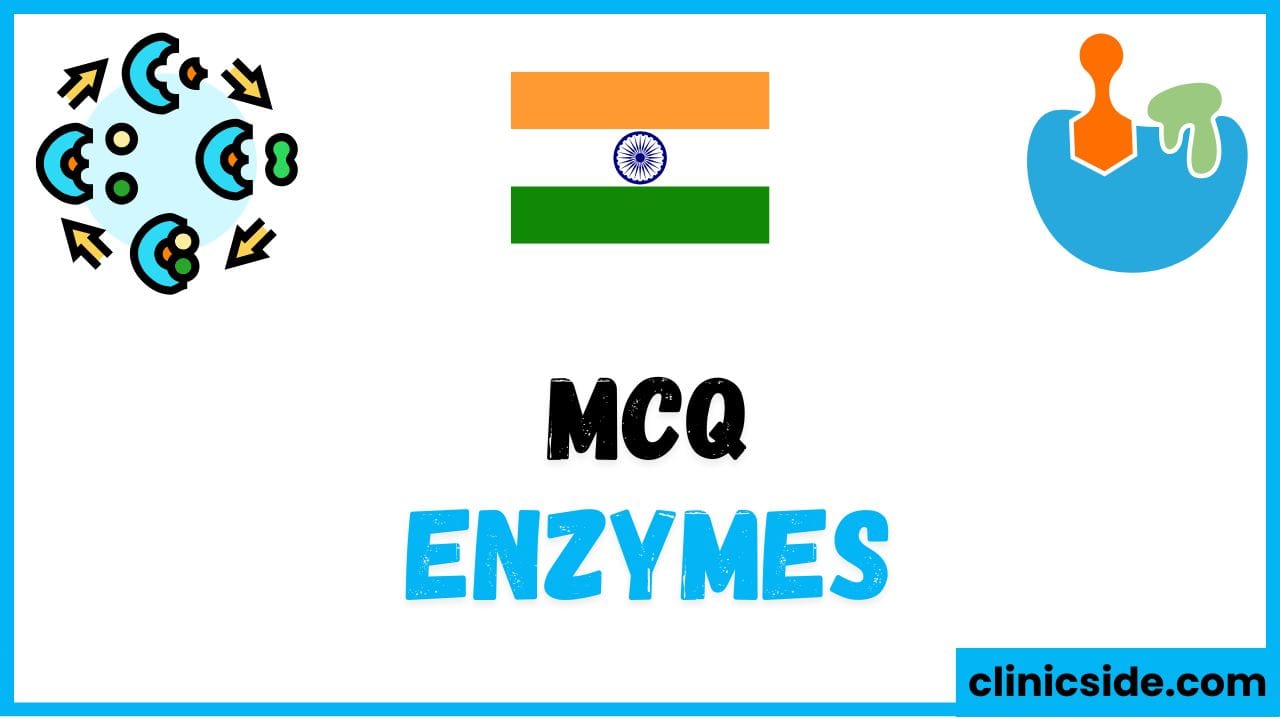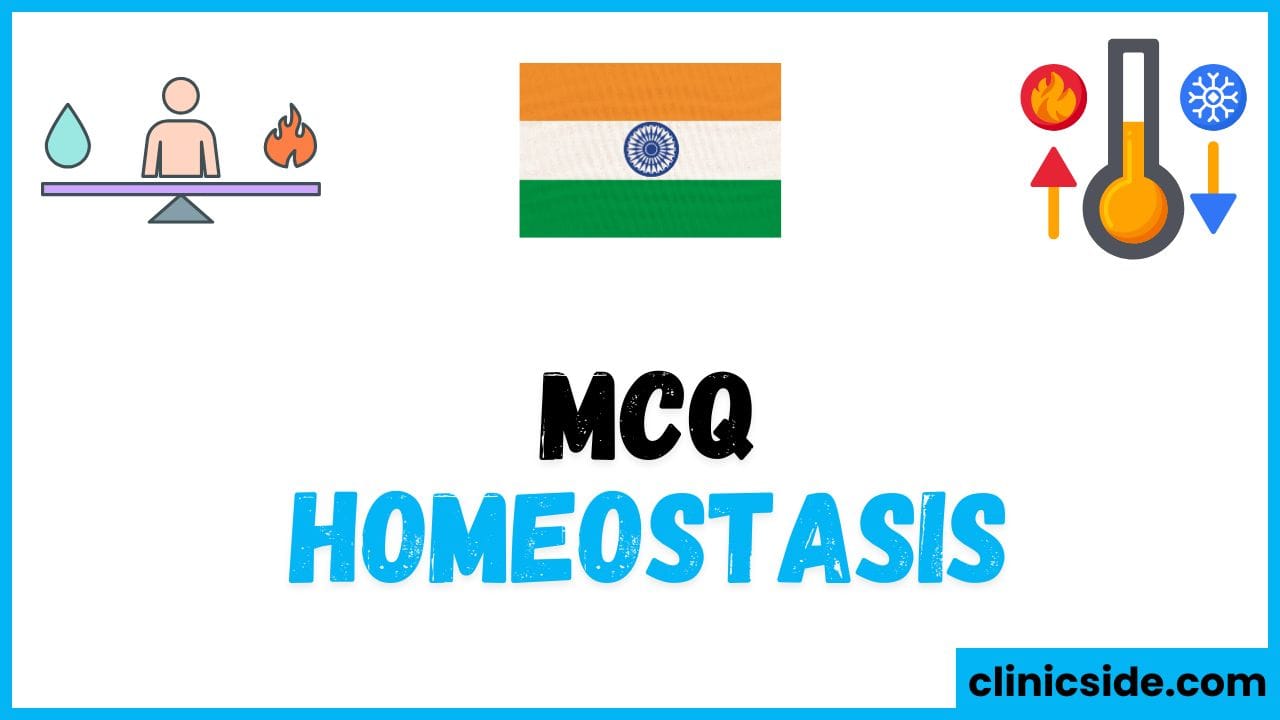Topics Covered in Essential Enzyme MCQs
This set of MCQs provides a comprehensive review of fundamental enzyme concepts, ideal for Indian students preparing for exams or looking to strengthen their understanding of biochemical processes. The topics covered include enzyme structure, function, mechanisms, and regulatory factors. Each topic highlights a crucial aspect of enzyme biology, promoting a thorough grasp of these vital biomolecules.
1. Enzyme Structure and Composition
- Macromolecular Nature: Enzymes are primarily composed of proteins, although some RNA molecules, known as ribozymes, also exhibit catalytic properties. This structure determines their specific shapes and functions.
- Active Site: The active site of an enzyme is where substrates bind and reactions occur. The shape of the active site is critical for substrate specificity, allowing enzymes to catalyze specific reactions efficiently.
2. Enzyme Function and Catalysis
- Catalytic Role: Enzymes function as biological catalysts that speed up reactions by lowering the activation energy. This role is crucial for sustaining life, as biochemical reactions would otherwise occur too slowly.
- Lock and Key vs. Induced Fit Models: These models describe how enzymes bind to substrates. The Lock and Key model suggests a precise fit, whereas the Induced Fit model explains that enzymes can adjust their shape slightly to bind substrates more effectively.
3. Types of Enzymes and Their Specific Functions
- Proteases, Lipases, and Amylases: Each enzyme type is specialized for breaking down specific biomolecules. For instance, proteases act on proteins, lipases on fats, and amylases on starches. Understanding these enzyme types is key for students studying digestion and metabolism.
- Catalase and Lactase: Catalase helps detoxify hydrogen peroxide, a byproduct of cellular metabolism, while lactase breaks down lactose, the sugar in milk. These enzymes are crucial for maintaining cellular health and proper digestion.
4. Factors Affecting Enzyme Activity
- Temperature: Enzymes operate best at an optimal temperature. Human enzymes, for example, function optimally around 37°C, but extreme temperatures can lead to enzyme denaturation, where the enzyme loses its functional shape.
- pH: Enzymes are sensitive to pH, with each enzyme having an optimal pH range. Highly acidic or basic environments can alter the enzyme structure, leading to a loss of function.
- Substrate Concentration: Increased substrate concentration generally increases enzyme activity up to a saturation point. Beyond this point, enzyme activity levels off because all active sites are occupied.
5. Enzyme Regulation and Inhibition
- Cofactors and Coenzymes: Some enzymes require additional non-protein molecules called cofactors or coenzymes to function effectively. These molecules assist in stabilizing enzyme-substrate interactions.
- Inhibitors: Enzyme inhibitors are molecules that decrease enzyme activity. Competitive inhibitors bind to the active site, directly competing with the substrate, while non-competitive inhibitors bind elsewhere on the enzyme, changing its shape and reducing its effectiveness.
6. Environmental Impact on Enzyme Function
- Denaturation: Exposure to extreme conditions like high temperatures or extreme pH can lead to enzyme denaturation, where enzymes lose their functional structure. This topic helps students understand how environmental factors impact cellular function and metabolic processes.
- Optimal Conditions: Enzymes function within a narrow range of conditions, such as optimal temperature and pH. Understanding these conditions is crucial for applications in industrial processes, medicine, and biotechnology.
These MCQs cover all the essential aspects of enzyme science, giving students the opportunity to practice and deepen their knowledge of how enzymes contribute to biochemical reactions, cellular health, and metabolic regulation.





